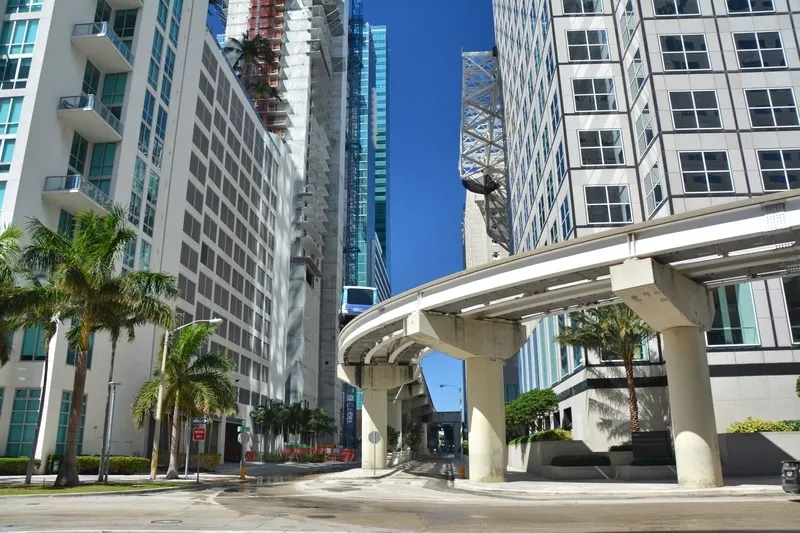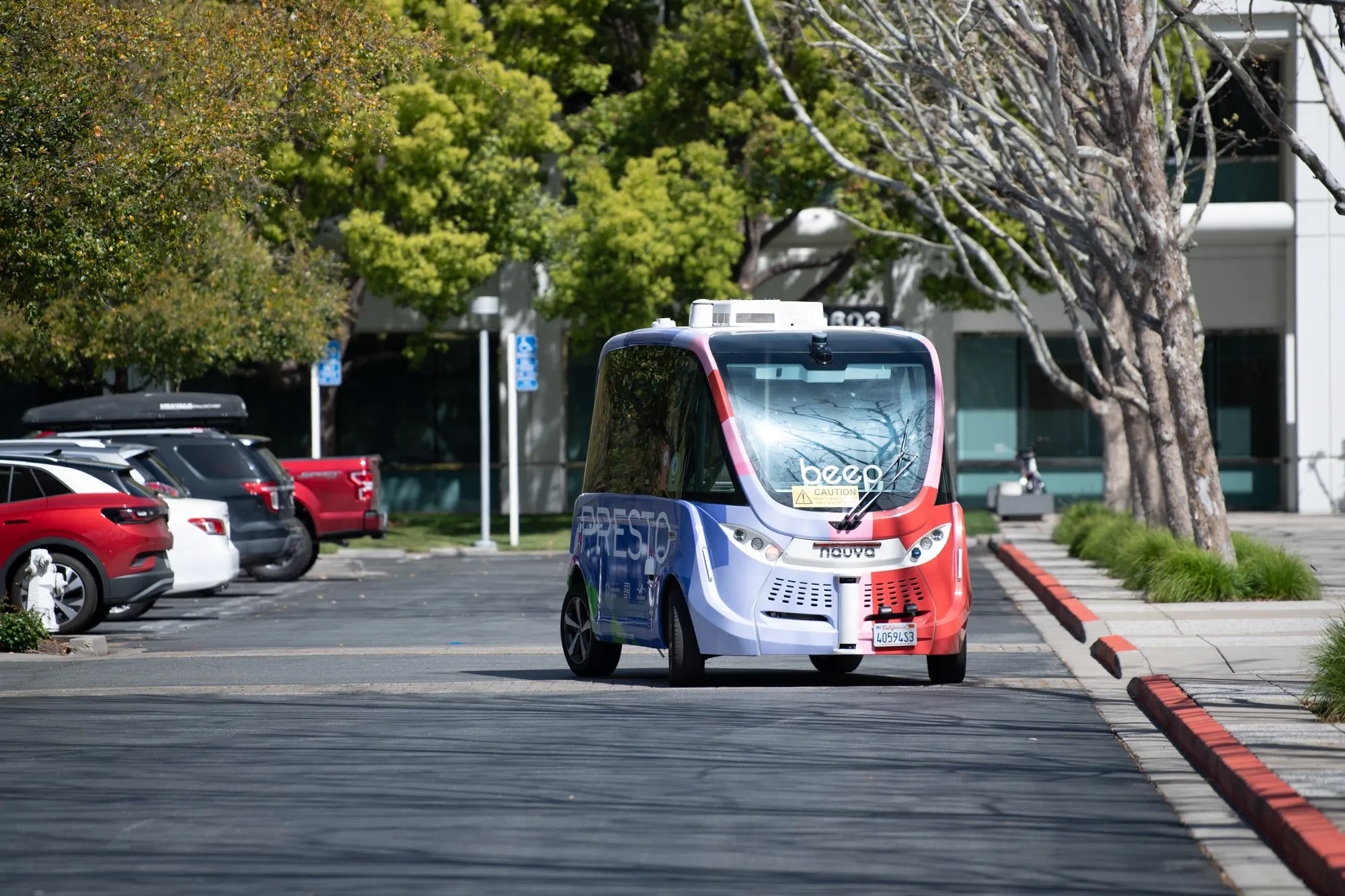Vehicle technology integrator and 3D-printed car creator Local Motors of Arizona, US, has unveiled its self-driving electric shuttle vehicle which is currently used on local roads in Washington, DC and will be introduced to Miami-Dade County and Las Vegas late in 2016.
The vehicle, dubbed ‘Olli,’ was unveiled during the opening of a new Local Motors facility in Maryland and transported Local Motors CEO and co-founder John B. Rogers, Jr. along with vehicle designer Edgar Sarmiento into the new facility. T
June 20, 2016
Read time: 2 mins
Vehicle technology integrator and 3D-printed car creator Local Motors of Arizona, US, has unveiled its self-driving electric shuttle vehicle which is currently used on local roads in Washington, DC and will be introduced to Miami-Dade County and Las Vegas late in 2016.
The vehicle, dubbed ‘Olli,’ was unveiled during the opening of a new Local Motors facility in Maryland and transported Local Motors CEO and co-founder John B. Rogers, Jr. along with vehicle designer Edgar Sarmiento into the new facility. The electric vehicle, which can carry up to 12 people, is equipped with advanced vehicle technology, including IBM Watson Internet of Things (IoT) for automotive, to improve the passenger experience and allow natural interaction with the vehicle.
Olli utilises the cloud-based cognitive computing capability of IBM Watson IoT to analyse and learn from high volumes of transportation data, produced by more than 30 sensors embedded throughout the vehicle. Using the Local Motors’ open vehicle development process, sensors will be added and adjusted continuously as passenger needs and local preferences are identified. In addition, the platform leverages four Watson developer APIs - Speech to Text, Natural Language Classifier, Entity Extraction and Text to Speech - to enable seamless interactions between the vehicle and passengers.
Passengers will be able to interact conversationally with Olli while travelling, discussing topics about how the vehicle works, where they are going and why Olli is making specific driving decisions. Watson empowers Olli to understand and respond to passengers’ questions as they enter the vehicle, including about destinations or specific vehicle functions.
The vehicle, dubbed ‘Olli,’ was unveiled during the opening of a new Local Motors facility in Maryland and transported Local Motors CEO and co-founder John B. Rogers, Jr. along with vehicle designer Edgar Sarmiento into the new facility. The electric vehicle, which can carry up to 12 people, is equipped with advanced vehicle technology, including IBM Watson Internet of Things (IoT) for automotive, to improve the passenger experience and allow natural interaction with the vehicle.
Olli utilises the cloud-based cognitive computing capability of IBM Watson IoT to analyse and learn from high volumes of transportation data, produced by more than 30 sensors embedded throughout the vehicle. Using the Local Motors’ open vehicle development process, sensors will be added and adjusted continuously as passenger needs and local preferences are identified. In addition, the platform leverages four Watson developer APIs - Speech to Text, Natural Language Classifier, Entity Extraction and Text to Speech - to enable seamless interactions between the vehicle and passengers.
Passengers will be able to interact conversationally with Olli while travelling, discussing topics about how the vehicle works, where they are going and why Olli is making specific driving decisions. Watson empowers Olli to understand and respond to passengers’ questions as they enter the vehicle, including about destinations or specific vehicle functions.










